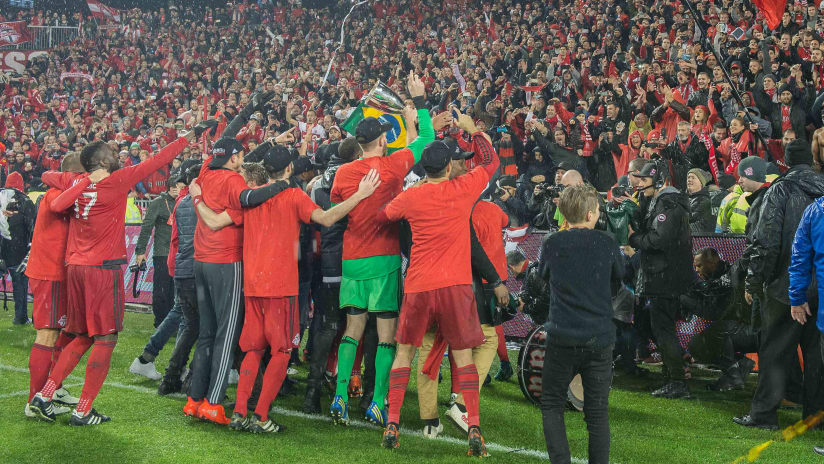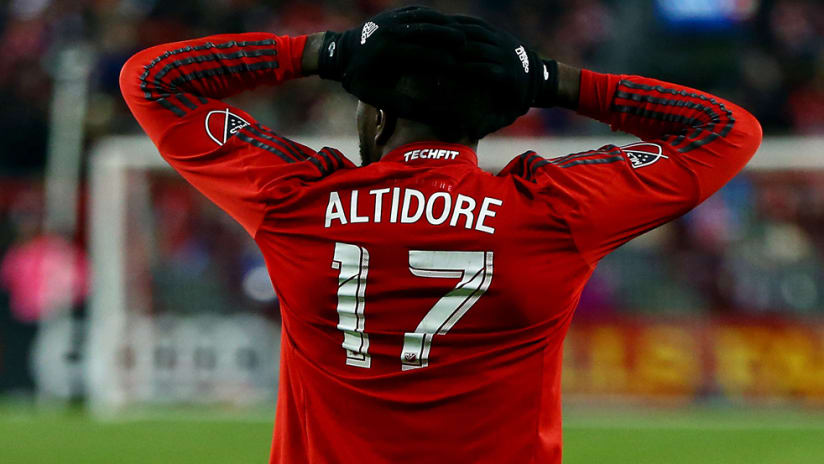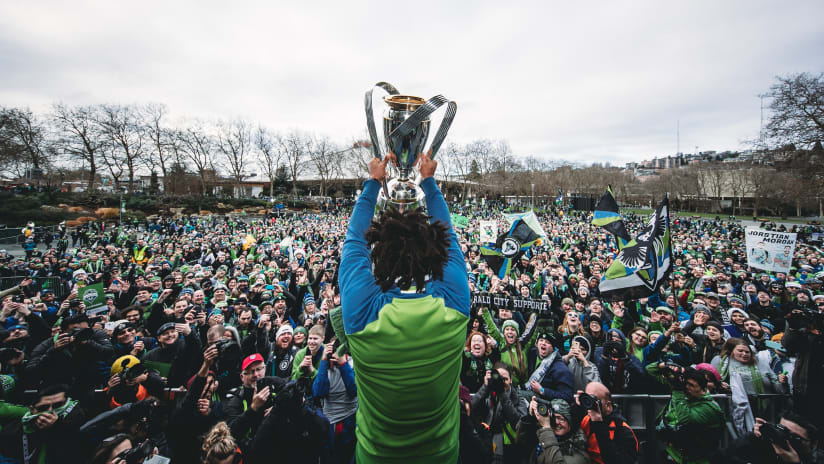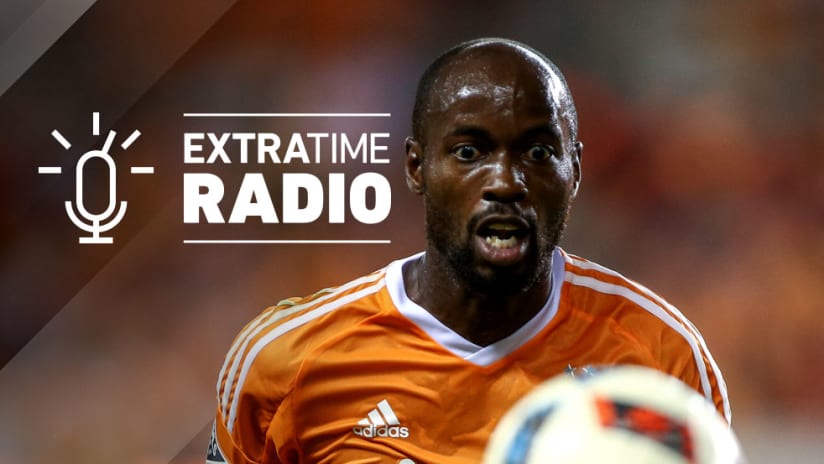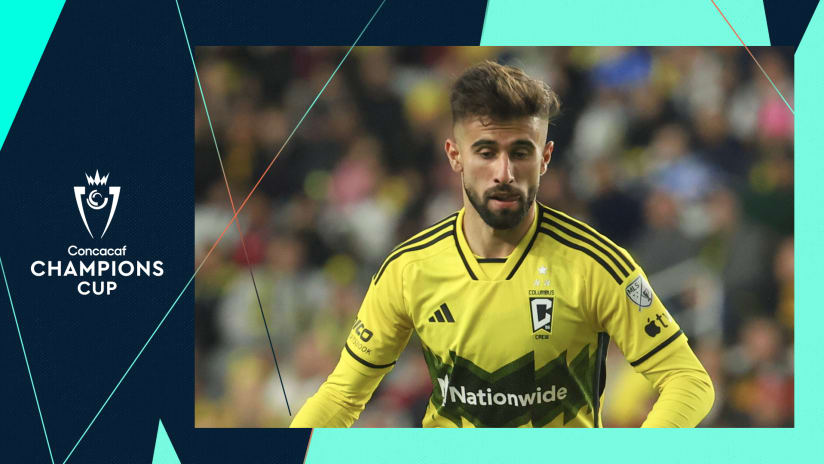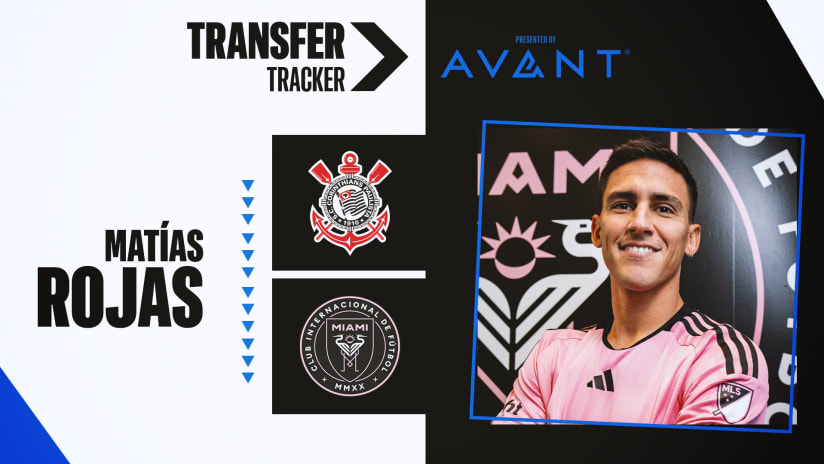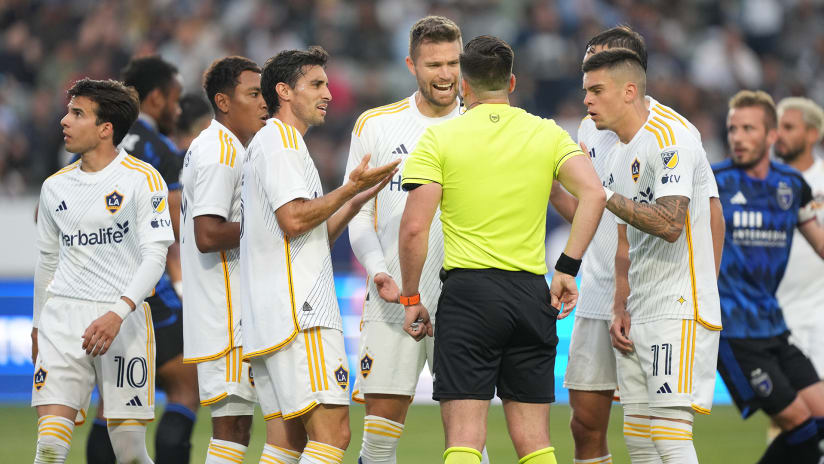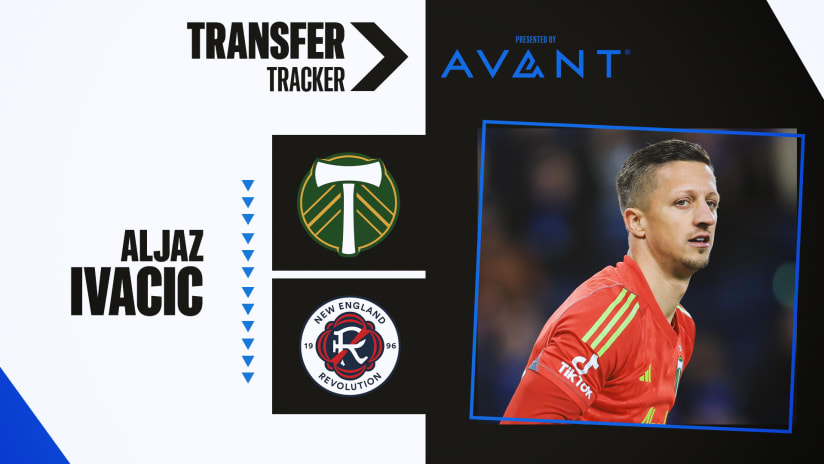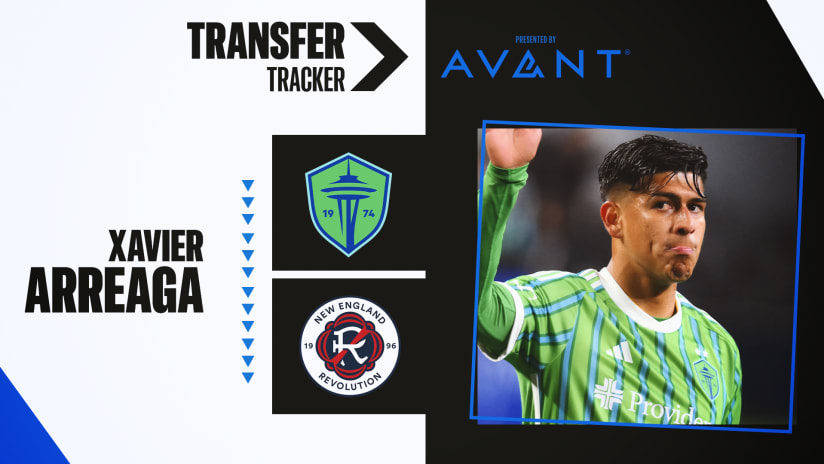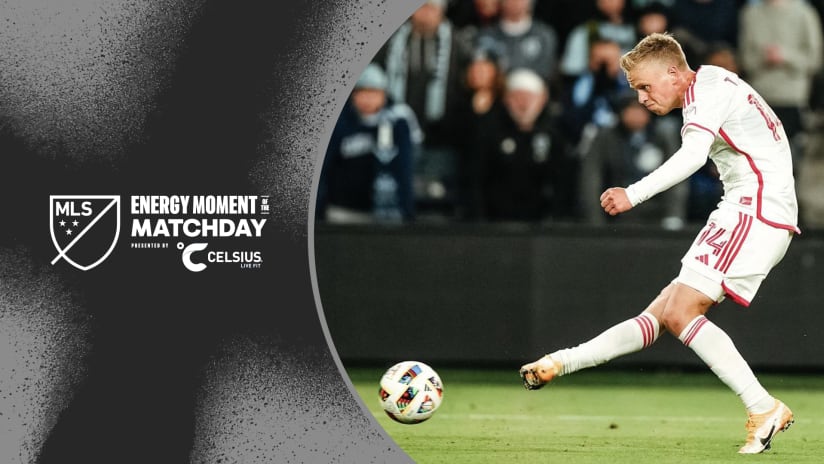This Saturday, at Toronto’s BMO Field, two MLS teams mark history when Toronto FC and the Seattle Sounders face off in the 2016 MLS Cup final (8 pm ET, FOX, UniMás in US | TSN1/3/4, RDS in Canada). And beyond the teams themselves, the evening means plenty for their supporters, too – two groups whose stamps on the league have proved indelible since their teams joined.
Arguably, supporters’ groups for both teams brought fandom to new levels. That’s something that clearly became a central focus as I was researching my recent book, The United States of Soccer: MLS and the Rise of American Soccer Fandom. Each team’s fans tapped into strong local traditions of soccer culture, and elevated it beyond.
Both the Sounders and TFC entered MLS in the league’s second decade. Toronto’s 2007 entry expanded MLS’ footprint into Canada; Seattle, meanwhile, in 2009 became the first MLS arrival from the Pacific Northwest. (Two years later, their Cascadia archrivals, the Portland Timbers and Vancouver Whitecaps, followed.)
When I interviewed him in 2015 for the book, MLS Deputy Commissioner Mark Abbott recounted that some were concerned that the league’s expansion to Toronto was a mistake. “Before we launched,” he recalled, “we were getting telephone calls saying, you don’t know what you’re doing, you’re going to fail miserably there, the minor league team never drew more than a couple of thousand, you’re crashing the league by going up there.”
But Abbott also fondly recalled his trip to TFC’s inaugural home match. “I remember we go past this pub, and these people come out of the pub after watching the Premier League game that morning,” he remembered. “And they have their TFC scarves on, and this one guy kisses his wife, who’s got a baby in the stroller, and then he goes off with the other fans…. I’m thinking: this is a soccer fan base. That opened up a lot of people’s eyes, when they hit.”
ESPN reporter Doug McIntyre, who I also interviewed for the book, also felt, at that inaugural game, that Toronto marked a sea change. “They have this nice little stadium right on the water, a team that was well-branded, that did things right at the start,” he observed. “That was really an authentic sort of soccer atmosphere. Around the league, up until that point, I think the league had mostly marketed to families, as opposed to a sort of young urban core. And [the change] showed.”
Early fan groups for teams like D.C. United, the Chicago Fire, and the then-MetroStars had laid the groundwork for chanting en masse. Toronto FC groups continued that spirit.
“There were small groups of super-fans before, but TFC tapped into the European style of unified chants and displays that hadn't really been seen en masse in North America,” recalls Mike Langevil, one of the original members of TFC supporters’ group Red Patch Boys. “The fans would stand and sing for the entire match, which is common now, but at the time it was truly something new.”
He also notes that unlike baseball and basketball fans. who got musical and stadium signage cues from those teams, that TFC completely created their own celebrations. “We made up our own culture,” he says. “The team provided a venue and a team, and we decided how, when and who to cheer for – and it was often made up on the fly.”
Langevil adds, importantly, that Toronto’s great diversity made for enthusiastic support. Fans in the stands there exuberantly mix cultures, with Italian, Greek, Portuguese, Spanish and British influences contributing to chants and visual displays.
Meanwhile, Sounders supporters were drawing on decades of team history in the Pacific Northwest. The team itself, of course, dates back to 1974, in the version of NASL that pre-dates MLS. And in 1976, Seattle’s Kingdome opened with the largest crowd in the U.S. to witness soccer to date: a Sounders-Cosmos match with more than 58,000 gathered. Versions of the Sounders – along with their rivals in Vancouver and Portland – survived that version of the NASL’s demise, keeping their names and finding homes in other, lower-division leagues before entering MLS in the 2000s.
Just before that, the Sounders were still drawing crowds, and there was still very much an appetite for top-tier soccer there. Kevin Zelko, currently a board member with Sounders supporters’ group Gorilla FC, recalls the atmosphere back then. International friendlies in Seattle just prior to the ’09 Sounders reboot “were often packed and loud,” he says, and fans took that as “a good barometer for future success.”
As it turns out, both Sounders and TFC learned from each other in the early days. Bart Wiley, currently the Sounders’ COO, has been part of the front office since the early 2000s, when the team was in the USL’s A-League. He remembers that in 2008, he spent a lot of time with the TFC front office learning about their approach to managing a new team.
“It reinforced a lot of the things we believed, and a lot of the things we do now,” Wiley says. “They talked about the importance of having an open dialogue with fans, of allowing them to look behind the curtain every once in a while. They pointed out, ‘Fans will love the clubs; you have to love the fans.’”
That’s materialized in Seattle with season ticket holders being eligible to run for a council of fans who serve as a liaison between the fans and the front office. There’s even a provision for season ticket-holders to vote every four years about a general manager’s tenure, to signal whether the GM should stay or go.
Wiley credits a lot of the Sounders fandom’s explosion to the Emerald City Supporters, the team’s largest supporters’ group. It started as a small but spirited collection of fans in 2005, and now sets the raucous tone for a game-day crowd that averages nearly 43,000 a game.
According to Sean McConnell, a founder of the group, ECS sought to bring a “Continental” style of support to the team, drawing from Italian and German chanting and tifo styles. As he told me for my book, “I know the culture of this town, and I know people aren’t just going to sing to sing. They want to be led, they want to have someone starting the songs and then join along. It lends to more powerful support.”
Wiley notes that it was ECS who came up with a lot of the team’s most popular current traditions. That includes “Boom Boom Clap” – the “Viking Clap” precursor that Sounders fans use to welcome the team onto the pitch for pre-game ceremonies.
“That’s what I really wanted,” McConnell says. “Heavy, powerful support.” No doubt, both the visitors and home sides’ fans will bring that on Saturday as they cheer their teams on to the potential ultimate glory.

